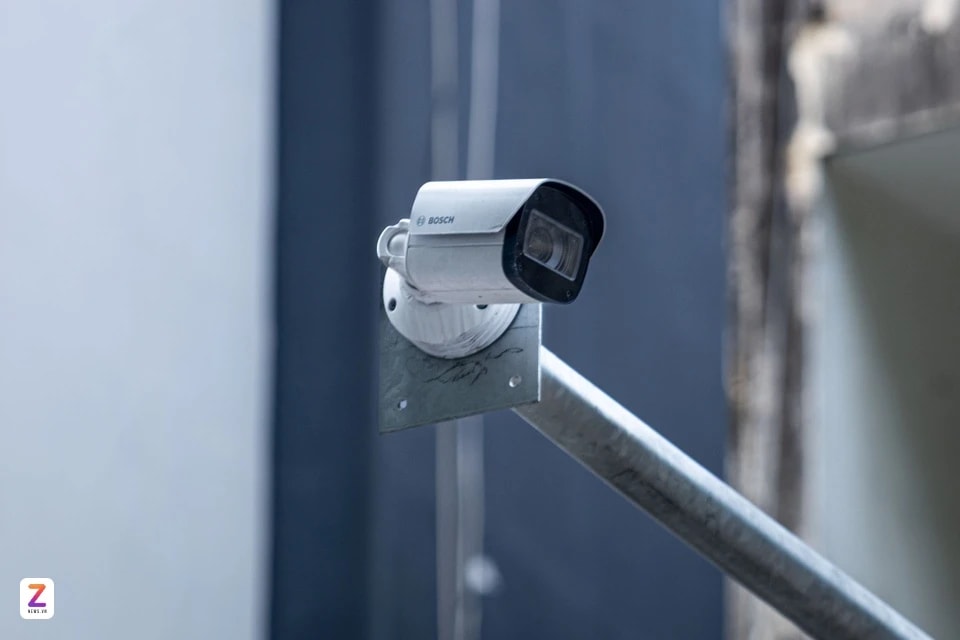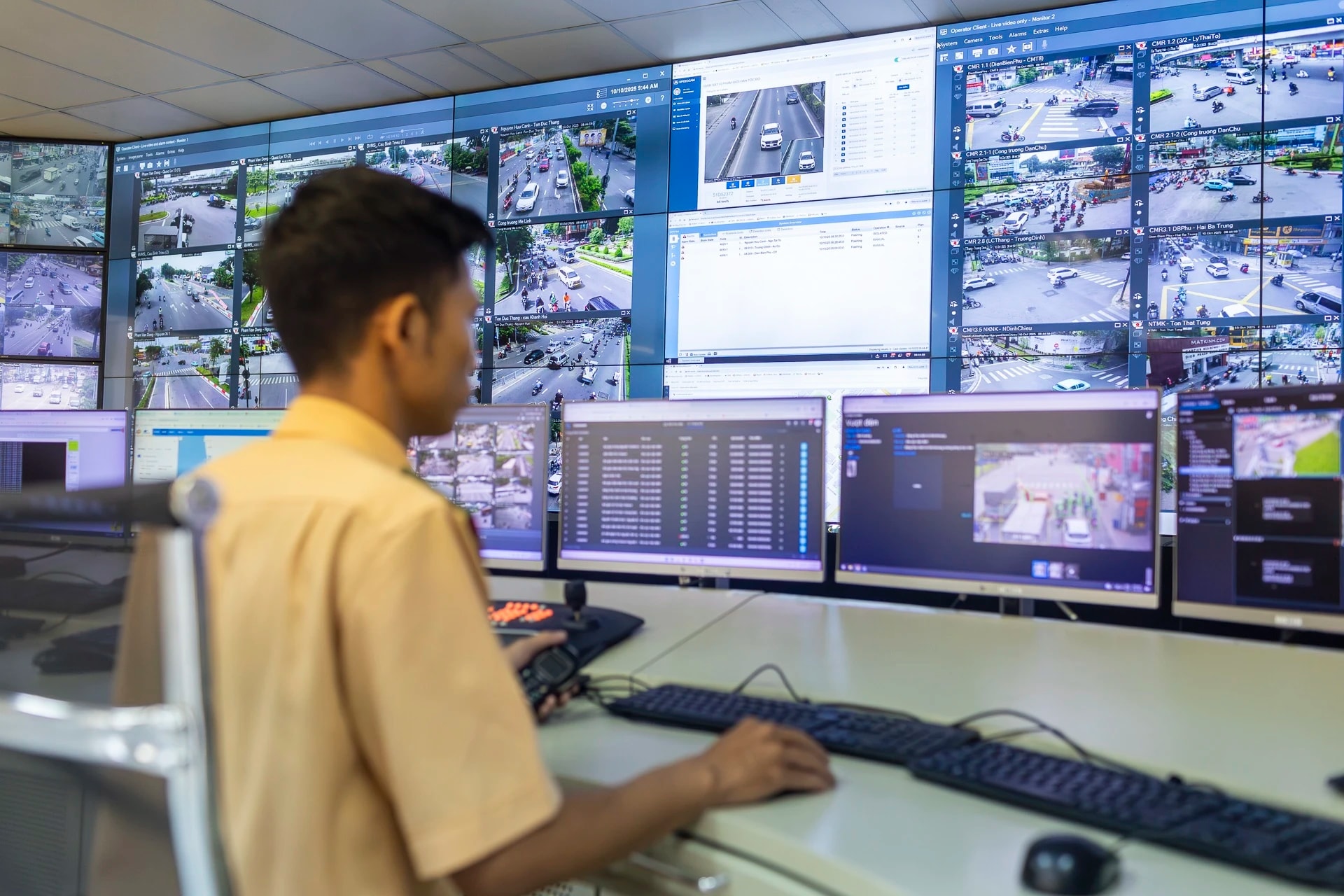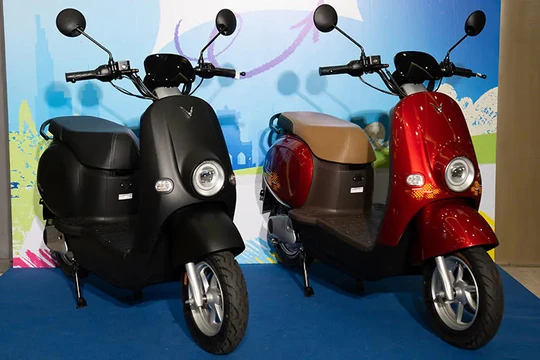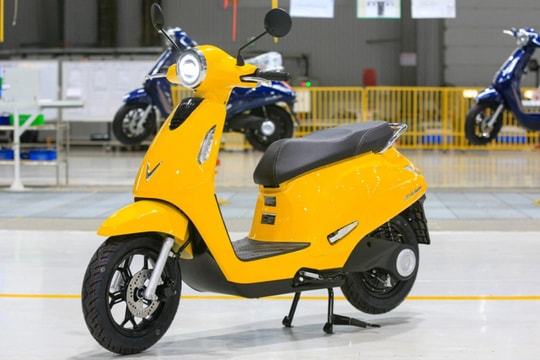AI Camera: A New Era for Traffic Surveillance in Ho Chi Minh City
Ho Chi Minh City has deployed a system of 31 cameras using artificial intelligence, operating 24/7 to automatically detect violations. This technology is expected to change the awareness of traffic participants and build a safer driving culture.
How does "magic eye" technology work?
Ho Chi Minh City has officially put into operation a traffic surveillance camera system using artificial intelligence (AI), marking an important step forward in modernizing traffic safety management. This system, with 31 cameras installed on key routes and accident "black spots", operates 24/7 to automatically record violations.
The cameras are located in central areas such as District 1, District 3 and high traffic density routes such as Dien Bien Phu, Nguyen Van Cu, Tran Hung Dao. They are capable of detecting many common violations at the same time such as running red lights, going the wrong way, encroaching on lanes, driving on sidewalks or using phones while driving. All high-resolution images will be transmitted directly to the command center, serving as the basis for offline fines.

Authentic evidence, reducing controversy
One of the biggest advantages of the AI camera system is that it provides clear and objective evidence of violations. Previously, the direct handling of violations by the Traffic Police (CSGT) sometimes encountered controversy due to limitations in viewing angle or image quality. With new technology, all violations are recorded in sharp images, clearly showing the license plate, time and location, eliminating the possibility of controversy and ensuring transparency in handling.

In just one month of operation (from September 1 to October 6), the system detected more than 3,400 violations, with a total estimated fine of nearly VND2 billion. These figures show the immediate effectiveness of the system in detecting and deterring violations.
Towards a new traffic culture
The deployment of AI cameras is not only for the purpose of punishment, but also aims at the long-term goal of changing the awareness and behavior of traffic participants. In reality, a part of the population still has the mentality of complying with the law in a perfunctory manner, only complying when there is the presence of functional forces. The 24/7 automatic monitoring system will eliminate this mentality, forcing drivers to always comply with regulations no matter where and when.

According to a representative of the Traffic Police Department of Ho Chi Minh City Police, the application of AI is in line with the policy of the Ministry of Public Security, helping to reduce the presence of patrol forces on the road. Instead, the Traffic Police can focus more on traffic regulation, congestion resolution and other important tasks, while monitoring and punishment are supported by technology.
Expansion roadmap and future vision
The initial effectiveness of the system is the basis for Ho Chi Minh City Police to continue to advise on expanding the AI camera network throughout the city, even connecting with neighboring provinces such as Binh Duong and Ba Ria - Vung Tau. Building a synchronous and widespread surveillance network will create a more civilized, safe and orderly traffic environment.

In the long term, as people's awareness is raised, the number of violations is expected to decrease. This not only makes the streets safer but also contributes to building the image of a modern, civilized city in the eyes of international friends. The AI camera system is an important catalyst to realize this goal.




